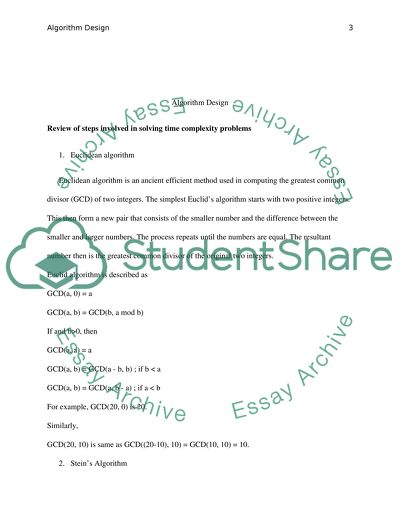Cite this document
(“Algorithm design as it relates to time complexity problems like Research Paper”, n.d.)
Algorithm design as it relates to time complexity problems like Research Paper. Retrieved from https://studentshare.org/information-technology/1493609-algorithm-design-as-it-relates-to-time-complexity
Algorithm design as it relates to time complexity problems like Research Paper. Retrieved from https://studentshare.org/information-technology/1493609-algorithm-design-as-it-relates-to-time-complexity
(Algorithm Design As It Relates to Time Complexity Problems Like Research Paper)
Algorithm Design As It Relates to Time Complexity Problems Like Research Paper. https://studentshare.org/information-technology/1493609-algorithm-design-as-it-relates-to-time-complexity.
Algorithm Design As It Relates to Time Complexity Problems Like Research Paper. https://studentshare.org/information-technology/1493609-algorithm-design-as-it-relates-to-time-complexity.
“Algorithm Design As It Relates to Time Complexity Problems Like Research Paper”, n.d. https://studentshare.org/information-technology/1493609-algorithm-design-as-it-relates-to-time-complexity.


